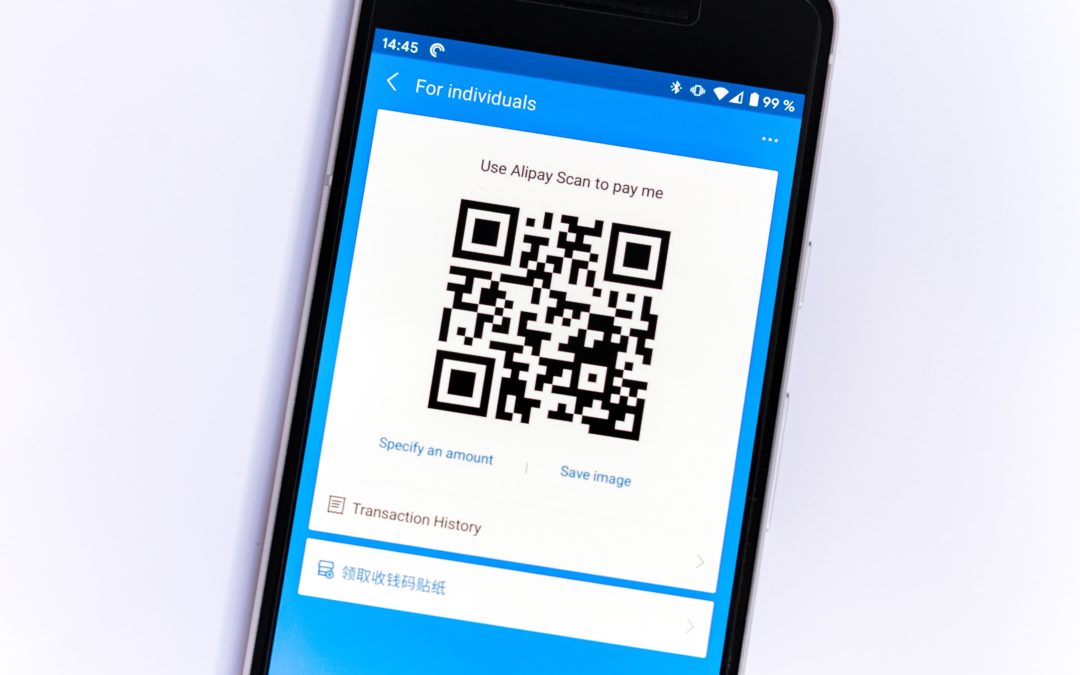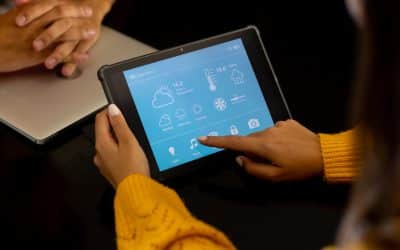QR codes have been on the scene for a few years, but today you can’t set foot in a public setting without seeing them! While prior to COVID-19 none of us had a second thought about touching a menu, placing a face-to-face order, punching numbers into a card machine, or filling out a form with a public pen – these all seem laughable in the face of social distancing and appropriate safety and hygiene measures.
What is a QR Code?
Developed in the 1990’s in Japan, these square shaped pixel designs were originally used to keep track of parts during car production. Standard barcodes can only hold up to 43 characters worth of data while QR codes can hold up to 2,500! The numeric characters can then be converted into readable data, such as names, addresses, websites and more.
What are they used for?
QR codes are most commonly used as a point for touch-free payment (think SnapScan and Zapper), but they can be used to check in, such as at a doctor’s appointment, hotel or airport. They are currently being used in Australia to monitor business’ capacity levels based on the number of staff present. They are also used for contact tracing, storing the data of people who have scanned the relevant code in order to alert them should one user test positive for COVID-19.
More exciting uses include using them to access menus, take virtual tours or visit websites by scanning a product. Most smartphones have QR technology built in, allowing users to simply scan a code with their phone camera and click on the CTA that pops up.
Are QR code the barcodes of the future? What else can be coded into 2,500 characters? All we can say is, watch this space!



